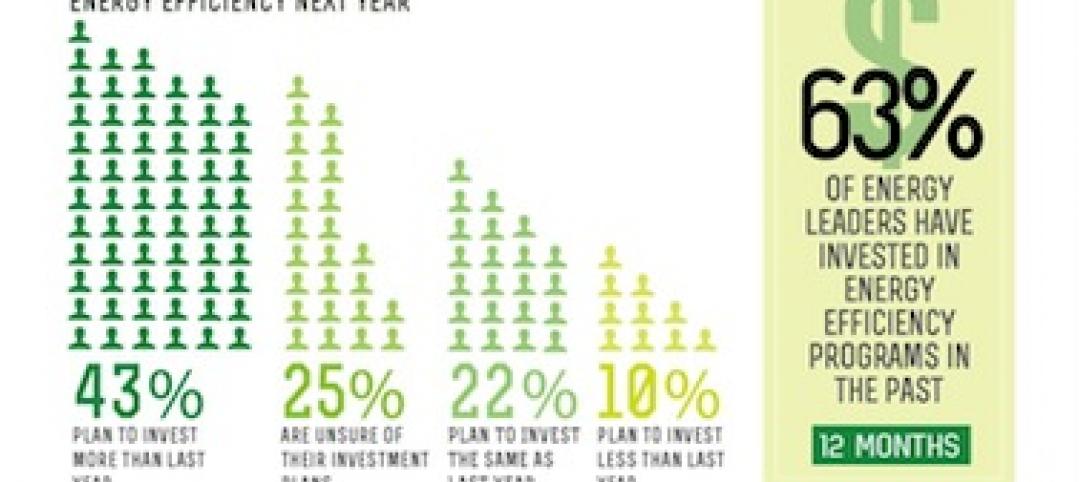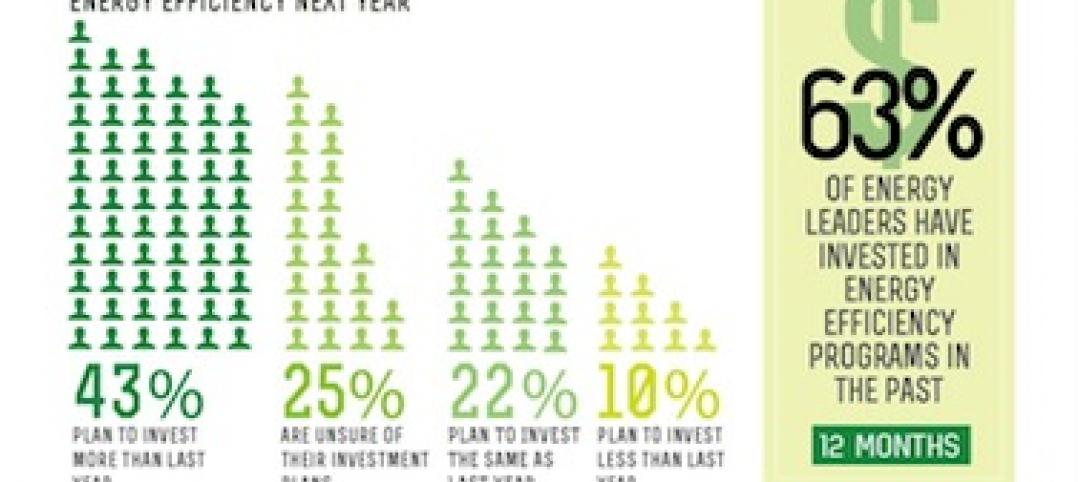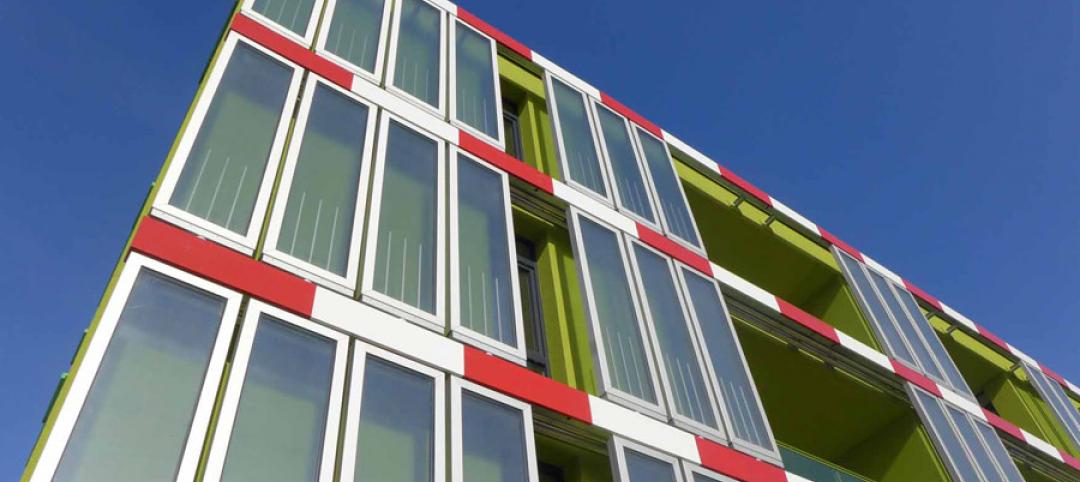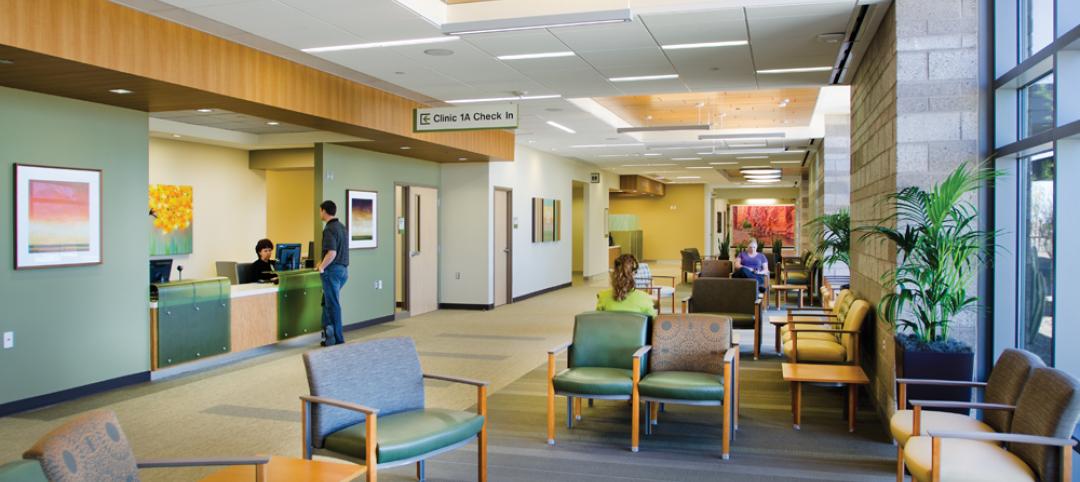Despite a steep economic recession during the first half of 2020, compensation for architectural staff at U.S. architecture firms essentially held flat over the 2019–2021 period, according to the American Institute of Architects (AIA) biannual Compensation Report.
“Like many professions, architecture firms across the country have had to weather an incredibly volatile period,” said AIA Chief Economist Kermit Baker, PhD, Hon. AIA. “While we have seen an unprecedented recovery in architecture firm billings during 2021, this report provides a valuable snapshot of the impact the pandemic had last year on firm compensation and employment levels.”
According to the report, architecture firms lost 16,000 positions between February and their low in July of 2020, which is 8% of all payroll positions at firms. Meanwhile the overall economy lost over 21 million payroll positions between February and April of 2020, or 16.5% of total payrolls.
The biannual compensation report provides salary data for more than 40 architecture firm positions in cities across the United States as well as industry salary trends and analysis on where the market is headed.
Key findings of this year’s report, include:
— Average compensation for recent architecture graduates was just under $56,000, however, there continues to be considerable variation in starting compensation nationally, with average starting compensation ranging from around $48,000 to $69,000, depending on the region of the country.
— Despite generally outpacing compensation growth in the broader economy, architect compensation is also much more volatile. Between 2019 and 2021, architect compensation increased 0.3% per year, while all professional compensation increased 2.4% annually, and 3.1% for all private workers.
— At firms with fewer than 50 employees, benefits as a share of base pay declined to 14.4% on average in 2020, after averaging just over 18% nationally two decades ago.
In addition to the compensation survey, AIA offers members a salary calculator to learn topline data on architecture position salary ranges by region of the country.
Complete results from the 2021 AIA Compensation Survey can be purchased online.
Related Stories
| Sep 16, 2013
Does brainstorming work?
The idea-generating process known as brainstorming has come under some intense fire recently. Critics contend that it suspends much-needed criticism and conflict while suppressing the creative ideas of introverts.
| Sep 16, 2013
Forty-three percent of energy leaders will invest more in efficiency next year (infographic)
Forty-three percent of energy leaders say their investment in energy efficiency next year is projected to be more than it was last year, according to survey results released today by Schneider Electric. Twenty-two percent said their projected investment would stay the same, and 10 percent reported their investment would be less than last year.
| Sep 16, 2013
Forty-three percent of energy leaders will invest more in efficiency next year (infographic)
Forty-three percent of energy leaders say their investment in energy efficiency next year is projected to be more than it was last year, according to survey results released today by Schneider Electric. Twenty-two percent said their projected investment would stay the same, and 10 percent reported their investment would be less than last year.
| Sep 16, 2013
Construction spending hits four-year high in July: AGC report
Total construction spending hit a four-year high in July as private residential and nonresidential activity increased while public spending declined, according to an analysis of new Census Bureau data by the Associated General Contractors of America. Association officials urged lawmakers in Washington to make infrastructure investment a top federal priority before funding runs out at the end of September.
| Sep 13, 2013
Loews Hotels & Resorts announces major cross-portfolio upgrades
Loews Hotels & Resorts is currently in the midst of a major growth and property redesign initiative, reflecting a strong national trend in hospitality renovation.
| Sep 13, 2013
Video: Arup offers tour of world's first algae-powered building
Dubbed BIQ house, the building features a bright green façade consisting of hollow glass panels filled with algae and water.
| Sep 11, 2013
Inaugural BUILDINGChicago/Greening the Heartland Expo & Conference draws attendees from 27 states
More than 500 attendees from 27 states attended the inaugural BUILDINGChicago/Greening the Heartland Conference, held September 9-11, at the Holiday Inn Chicago Mart Plaza.
| Sep 10, 2013
The new medical office building: 7 things to know about today’s outpatient clinic
Regulatory pressures, economic constraints, and emerging technologies are transforming healthcare. Learn how Building Teams are responding with efficient, appealing, boundary-blurring outpatient buildings.
| Sep 6, 2013
Public Architecture's Day Labor Station: Just the type of 'great idea' we're looking for in the $5,000 Vision U40 competition
Thinking about competing in BD+C's Vision U40 program at next month's U40 Leadership Summit? Here's a good example of the kind of "great idea" we're looking for.
| Sep 6, 2013
U40 Summit featured speaker: Arthur Gensler on how to build a world-class AEC practice
Gensler, founder of the world’s largest architecture firm, will talk about the role of the architect in society, the impact of great design, and the practicalities of starting and running a practice, and will offer advice for today’s young design and construction professionals.

















